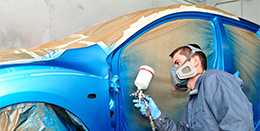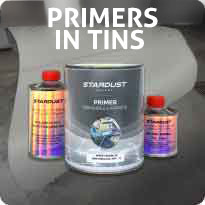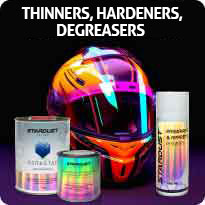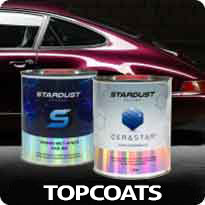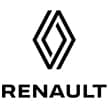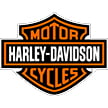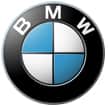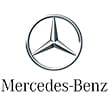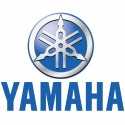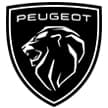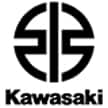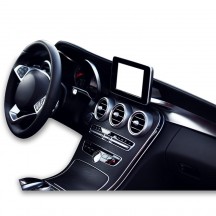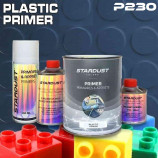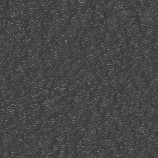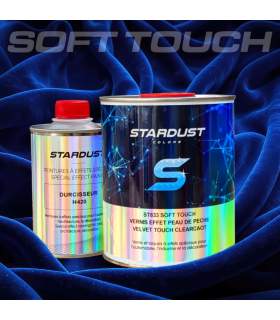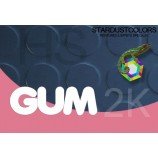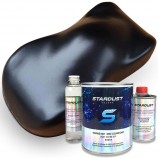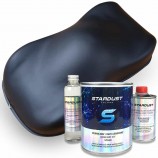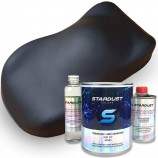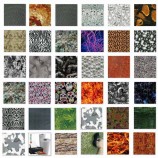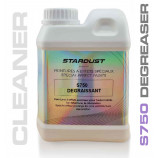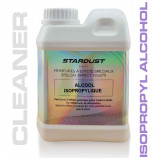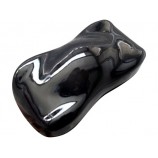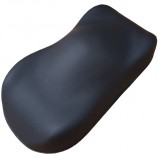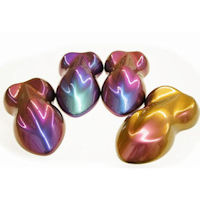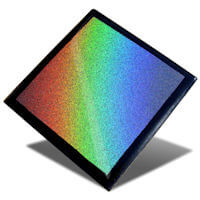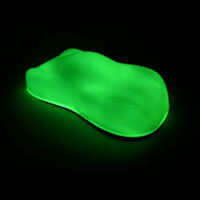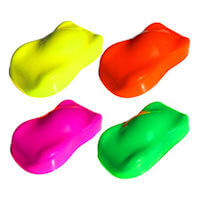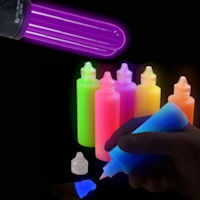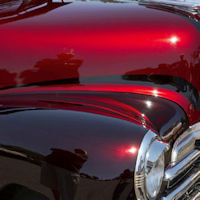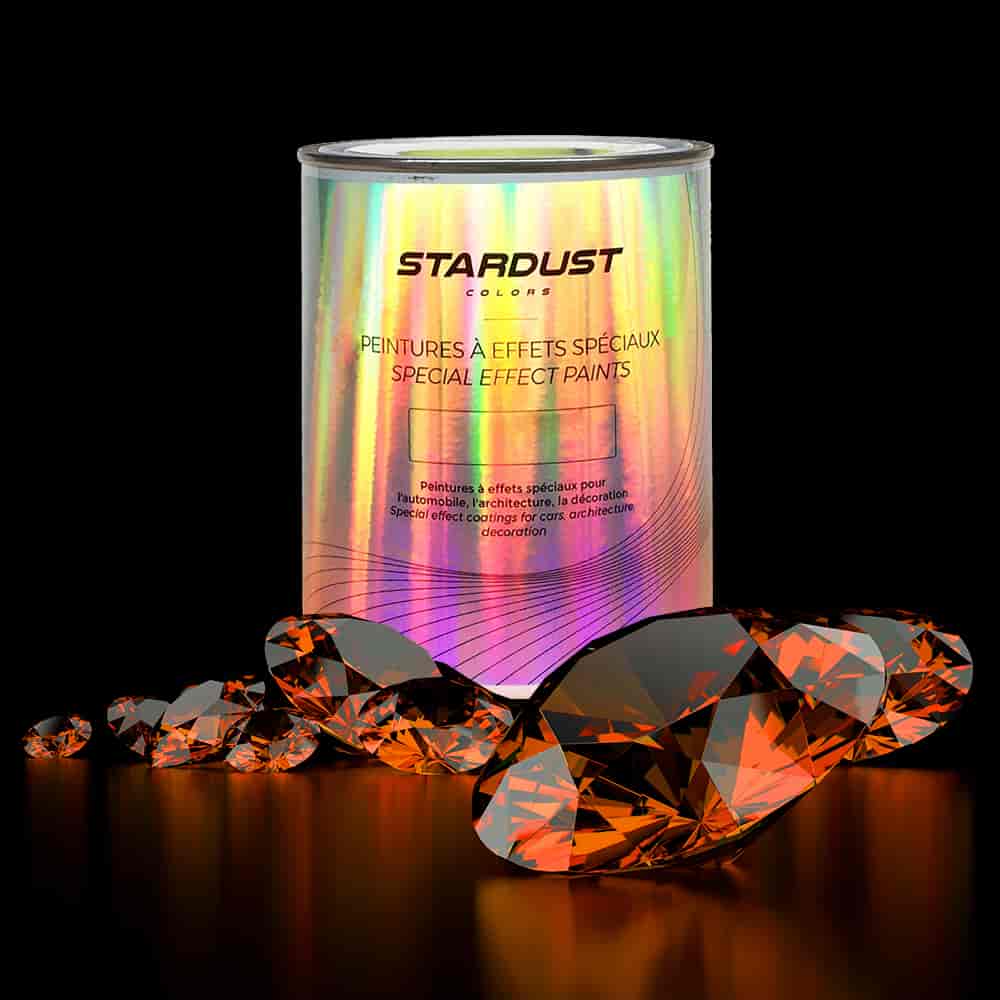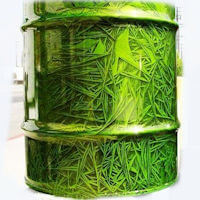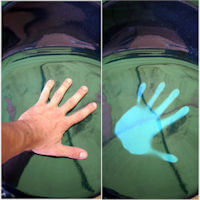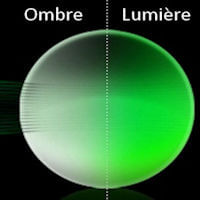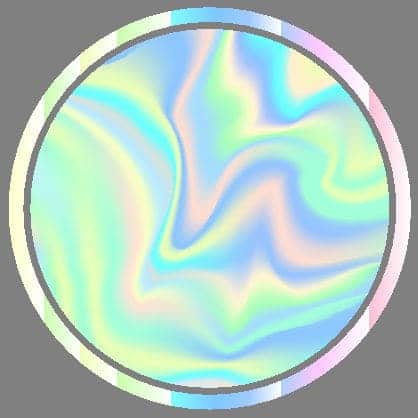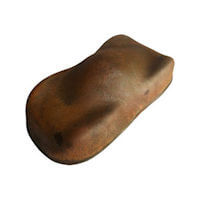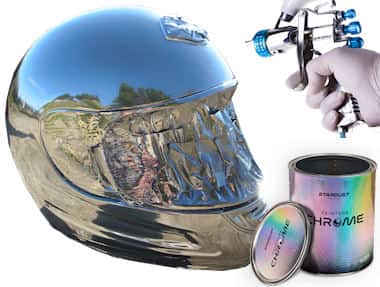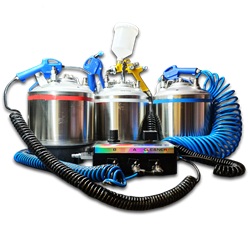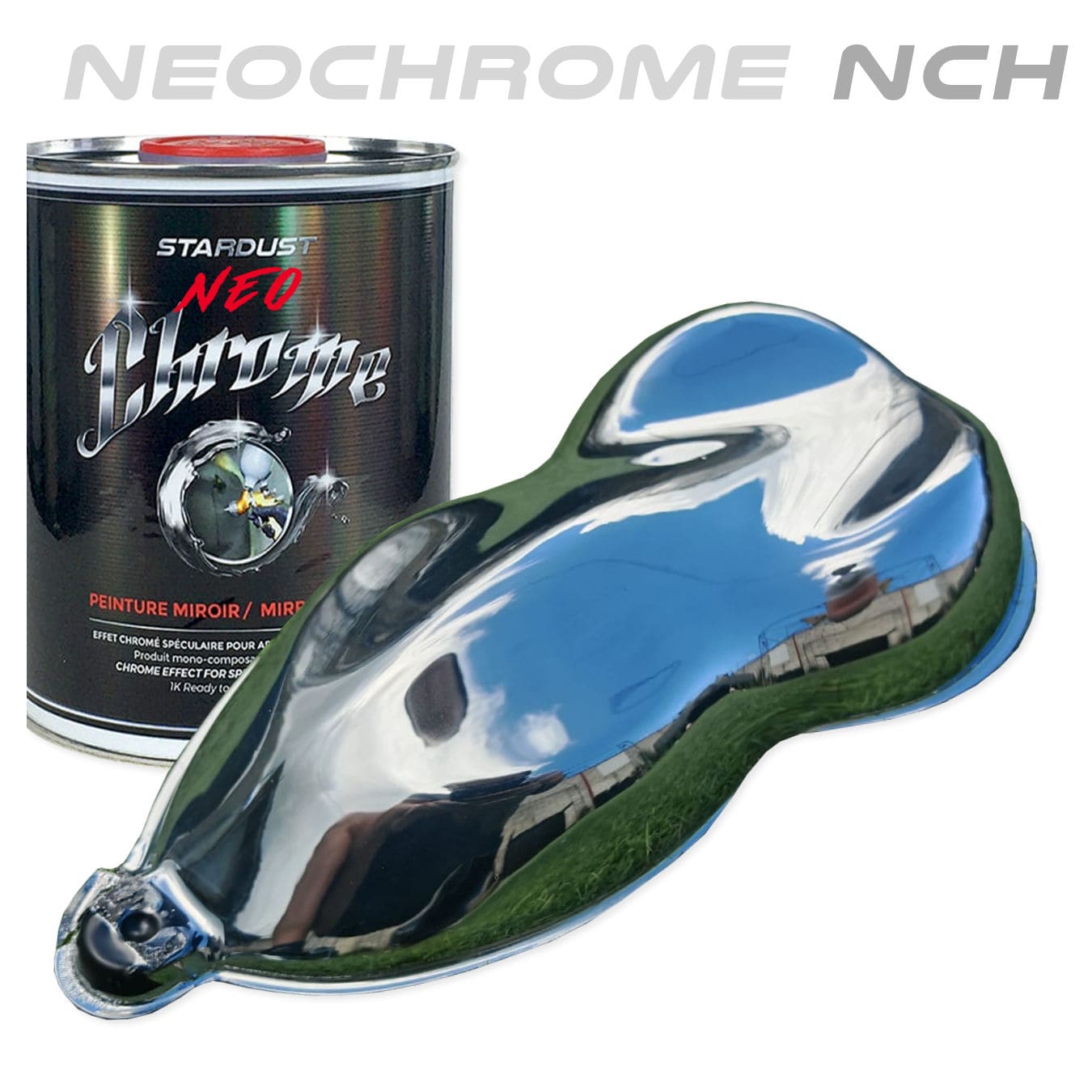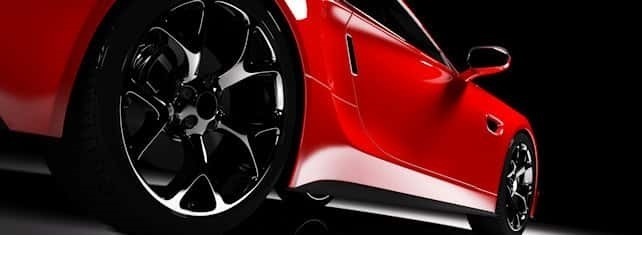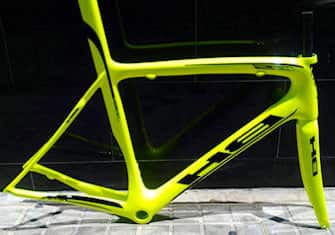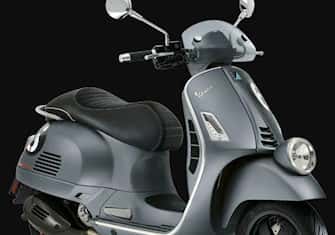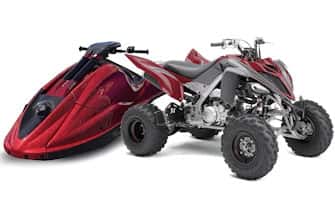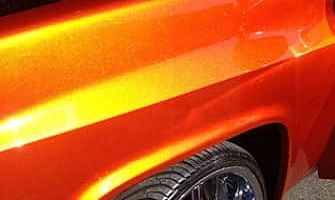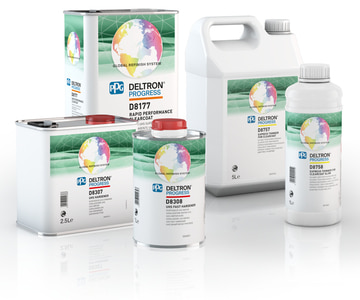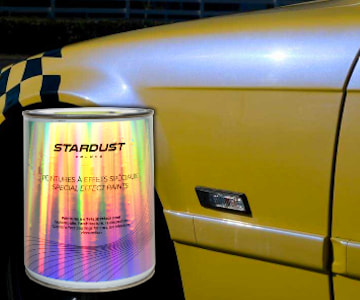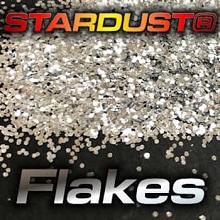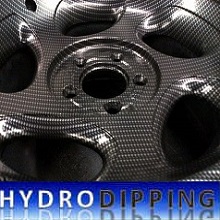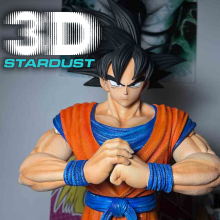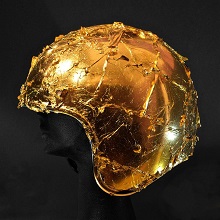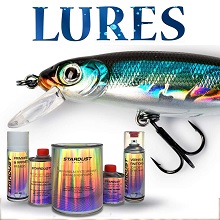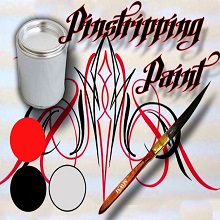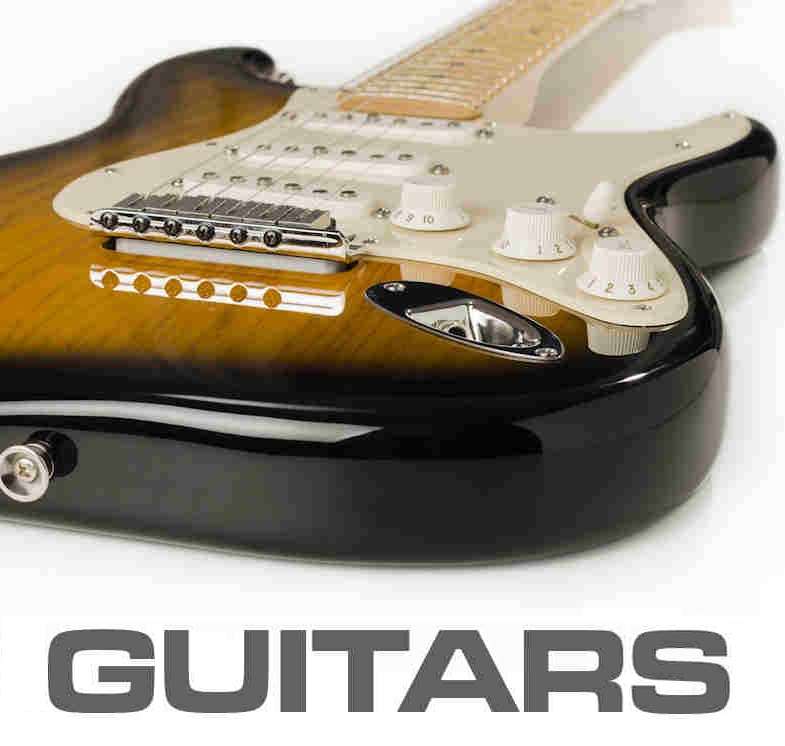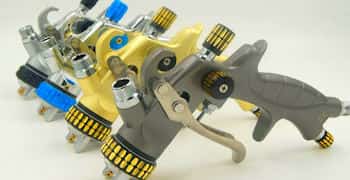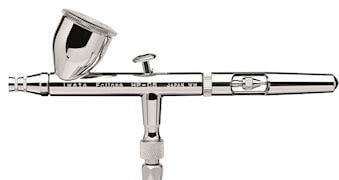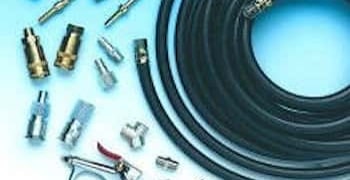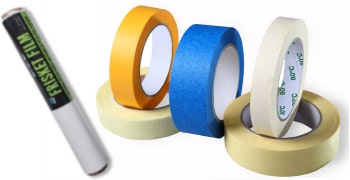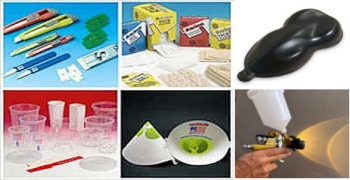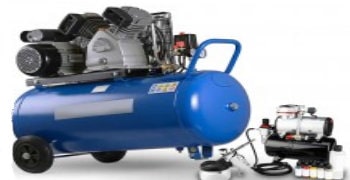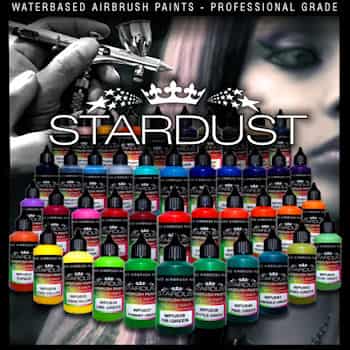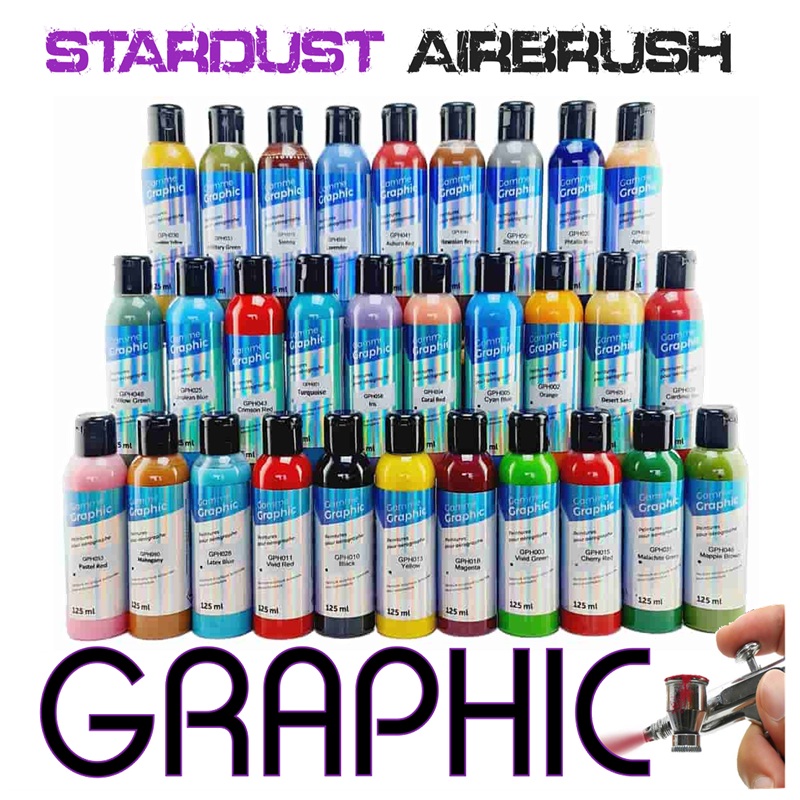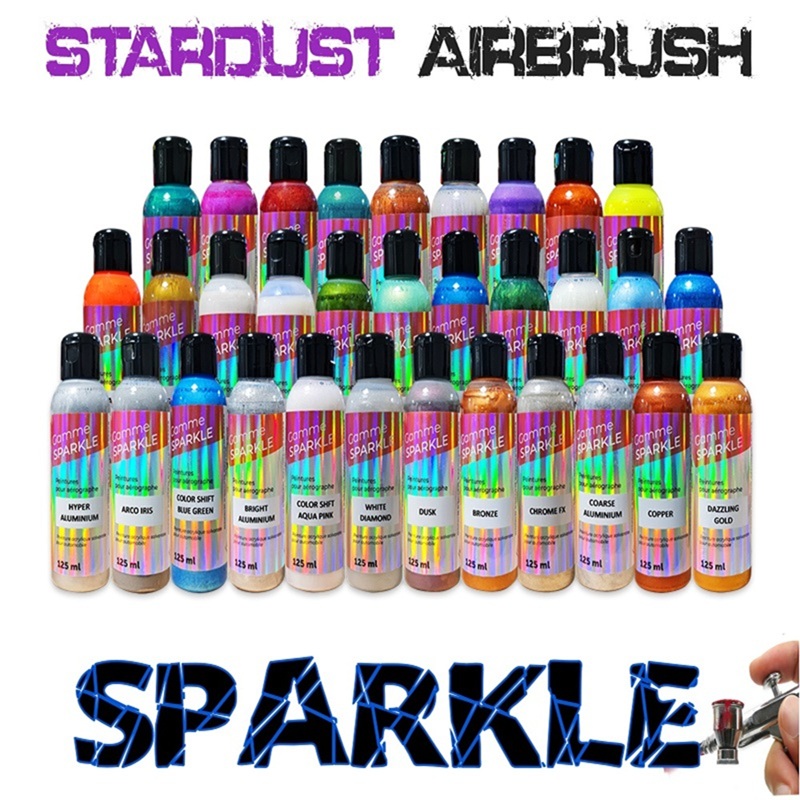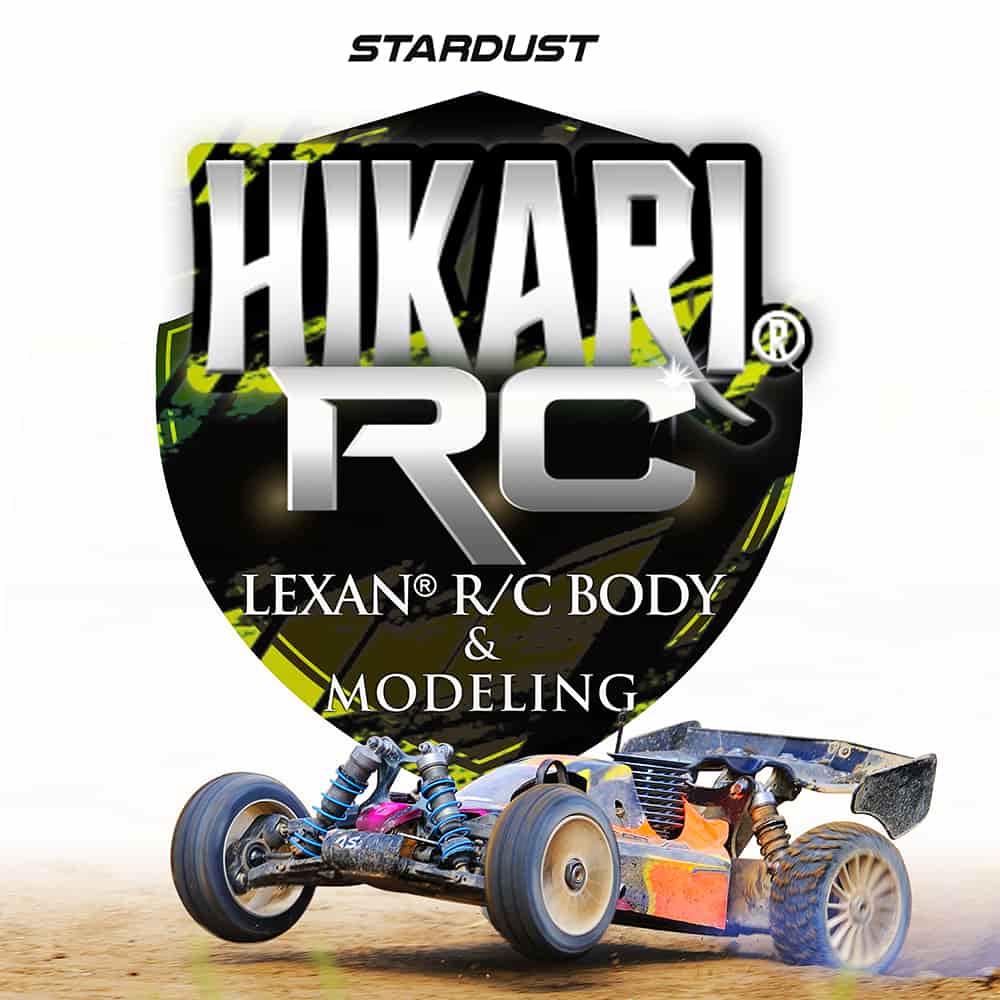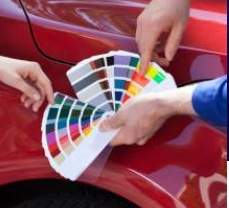Among the car paints for car parts, there are several areas to consider on a car dashboard:
– the horizontal “soft” plastic sections under the windscreen,
– the matt or satin plastic areas near the instrument cluster,
– and the areas of the centre console and interior door panels, sometimes featuring wood-like imitations.
A dashboard car paint is used to restore the appearance of these surfaces.
In most cases, restoring dashboard materials means applying a clearcoat over raw plastic, while maintaining the original visual aspect of the plastic.
We offer a professional range of products to renovate these parts.
Unlike simple plastic restorers — which are often just waxes or silicones with temporary effects — we offer permanent paints and clearcoats delivering very high-quality finishes.
For example, the “peach skin effect” and the “rubber effect” are two bi-component polyurethane clearcoats with quite surprising properties:
– The first offers a velvety soft-touch finish, reminiscent of suede.
– The second gives a rubberised texture for a tactile feel similar to rubber.
If needed, we recommend consulting the tutorial: "How to paint a car dashboard or console?".
Dashboard car paint: what other finishing options are available?
-
Matt and satin clearcoats:
They provide smooth, uniform surfaces with gloss levels ranging from 2° to 20°.
Within their category, they are among the most durable on the market.
They are also particularly well-suited to plastics and easy to apply.
-
Vermiculated paint:
This is a paint, not a clearcoat.
It produces a wrinkled, textured finish, very distinctive in appearance.
The minor drawback is that it requires baking to achieve the proper effect, which means dismantling the parts and ensuring they can withstand at least 60°C.
-
Hydro dipping:
This is a multi-step process.
The primed parts are dipped in water containing a pre-printed film.
With this technique, you can reproduce effects like wood grain, carbon fibre, and many others.
Surface preparation before applying dashboard paints or clearcoats
The essential steps are dusting and degreasing the surface.
While applying a plastic primer is a good idea, it is not absolutely necessary in the context of dashboard car paint, because these areas are not heavily handled, and the paint does not peel off spontaneously.
All the solutions mentioned above have shown excellent adhesion to plastic.
Plastic primer
This is a clear liquid, as fluid as water.
It ensures cohesion between the plastic surface and the car paint.
This adhesion is not easy to achieve, because most plastics are impermeable to conventional paints.
⚠️ The primer must be applied in a very thin layer — never thick. The thinner, the better.
The key point: apply the clearcoat or paint immediately after the primer, so that the layers blend together for optimal bonding.
Water-based clearcoat for dashboard
A clearcoat provides effective protection against rubbing, UV exposure, and cleaning products, while giving the surface a clean and uniform appearance.
Looking to apply your product with a spray gun or brush, without using solvent-based products?
Our new water-based matt and gloss clearcoats are remarkable:
As a result of recent innovations, they ensure excellent grip on all surfaces, while offering high durability and resistance.







